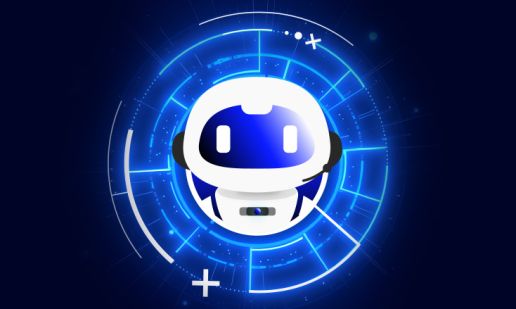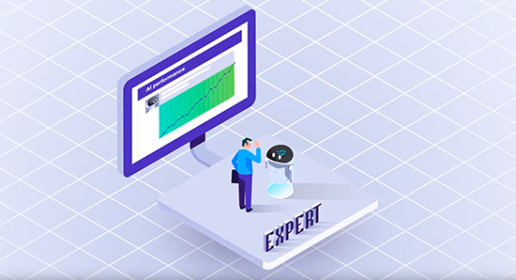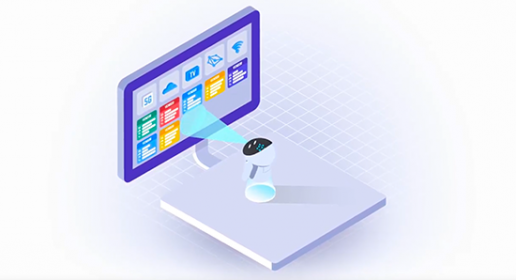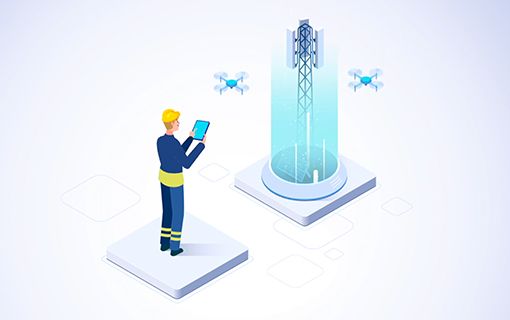Benefits of a Model-driven approach to Data-based Machine Learning in Telecommunications
- Published
- 4 min reading
Artificial intelligence is already proving to be a technology that can deliver much. In telecommunications (as in other sectors), organizations will be competing to deploy AI across almost every area of their business..
However, it would be a mistake to believe that data can somehow transform into business success without any additional input. Telcos need a model-based machine-learning approach to transform information into business gains.
Model-driven vs data-driven machine learning
Combined with data-driven machine learning, a model-basedd approach to AI and machine learning can deliver results if implemented properly. For example, a model can define commercial vs. technical aspects and treated as a means of labelling huge volumes of data, which can help ML algorithms to do their job.
The model-driven machine learning approach should ensure that humans remain in control, in the sense that the model itself will define “intents” that specify the goals for algorithms. An example of high-level intent is to define products and customer service specifications which, as meta-data, can further lead AI algorithms to discover the optimal way of implementing customer products.
Getting the best of humans and machine intelligence is a must
People are good at identifying abstractions, while machines are good at calculations. So, a model defined by humans can specify abstraction layers such as products, services and network resources., while machine algorithms can find patterns and rules (for example, they can determine how best to implement a product on top of network resources).
In 2020, we should see practical implementations where models are managed in the product, service and resource catalog. The E2E model will feed data-driven AI algorithms, while AI is expected to work in a closed loop by providing recommendations to humans who are to be in control of the goals for machine learning algorithms. In this way, true business value can be obtained.













